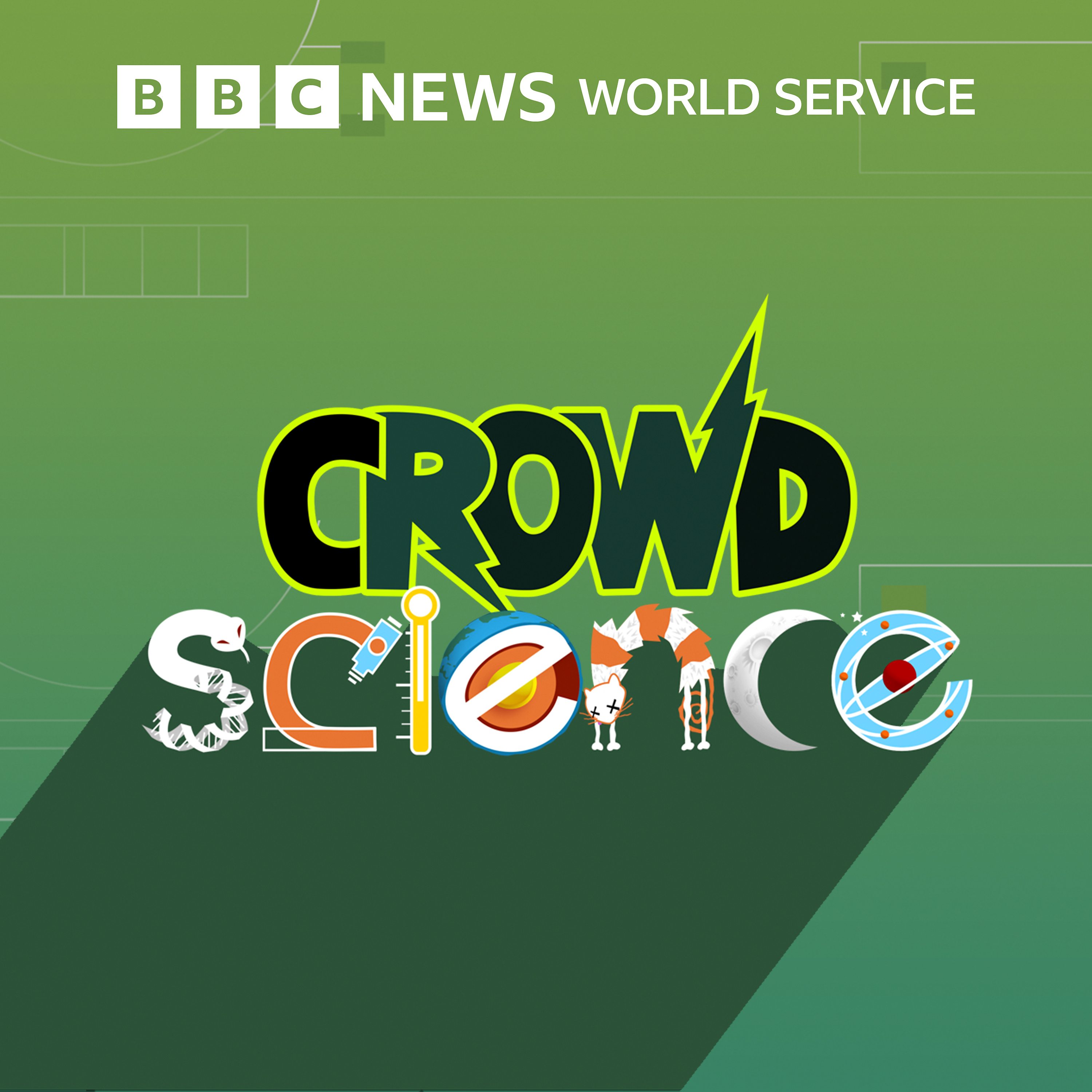
CrowdScience
Apr 25, 2025
According to the United Nations Food and Agriculture Organisation, 800 million people are going to bed hungry every night, but 2 billion people in the world are malnourished. Farmers across the globe produce enough food to feed 10 billion people, yet there are only 7.6 billion of us.
We know there is enough food to go around, but filling tummies is only the start – we also need a varied diet. CrowdScience visits Nairobi during GGIAR Science Week, a hub for agricultural scientists. They are meeting to discuss the changes needed to get the right crops into the soil and the right food on the plates of those who need it.
Presenters Anand Jagatia and Alex Lathbridge are joined by a live audience and a panel of experts Lindiwe Sibanda, Sieglinde Snapp and Alex Awiti. Together they explore questions from our listeners in Kenya and around the world: whether we can restore natural habitats whilst promoting food security; why human waste isn’t used more commonly as a fertiliser; and what impact empowering women in agriculture will have on our ability to feed the world.
Recorded at CGIAR Science Week at the UN headquarters in Nairobi.
Image: Drone view of tractor ploughing a field Image Credit: Justin Paget via Getty Images Presenters: Anand Jagatia & Alex Lathbridge Producer: Harrison Lewis Editors: Martin Smith & Cathy Edwards Production Co-ordinators: Ishmael Soriano & Josie Hardy Studio Managers: Gayl Gordon, Andrew Garratt & Sarah Hockley

